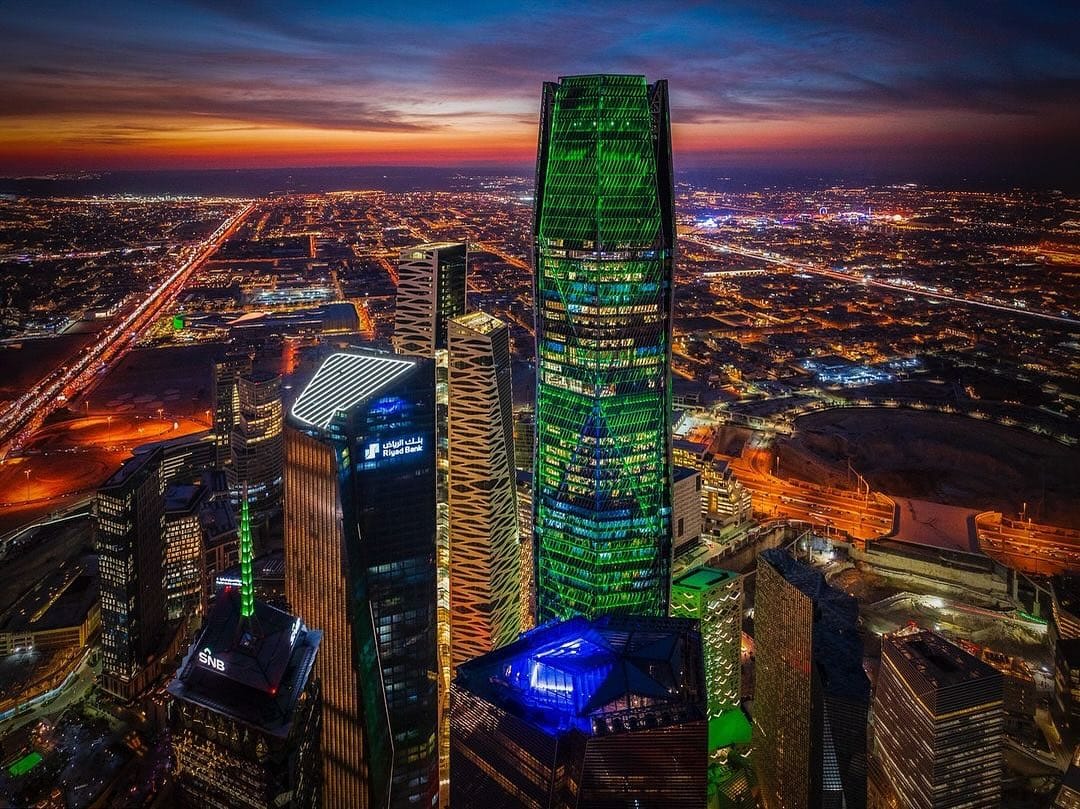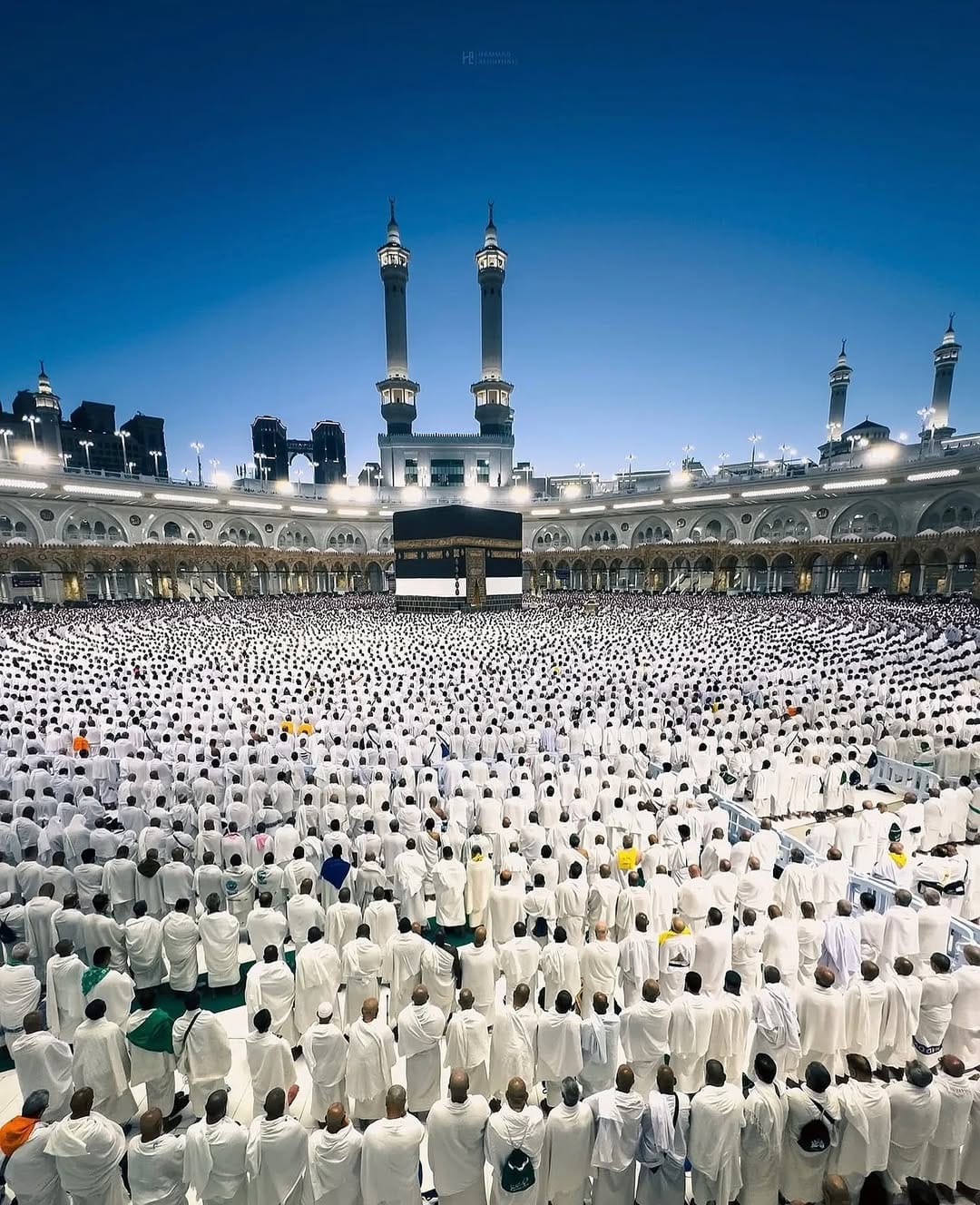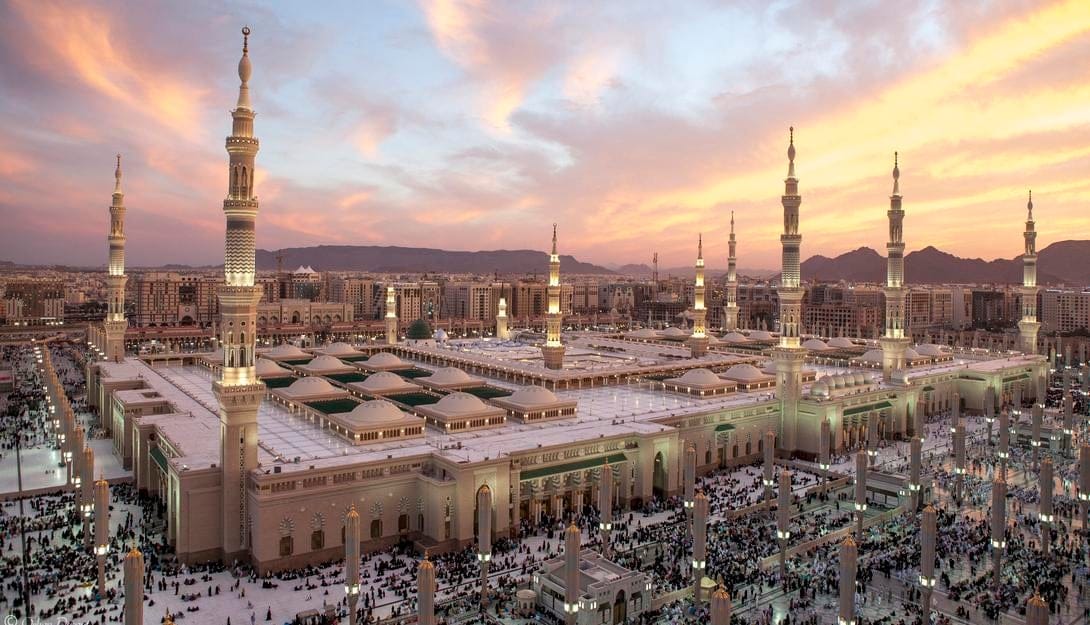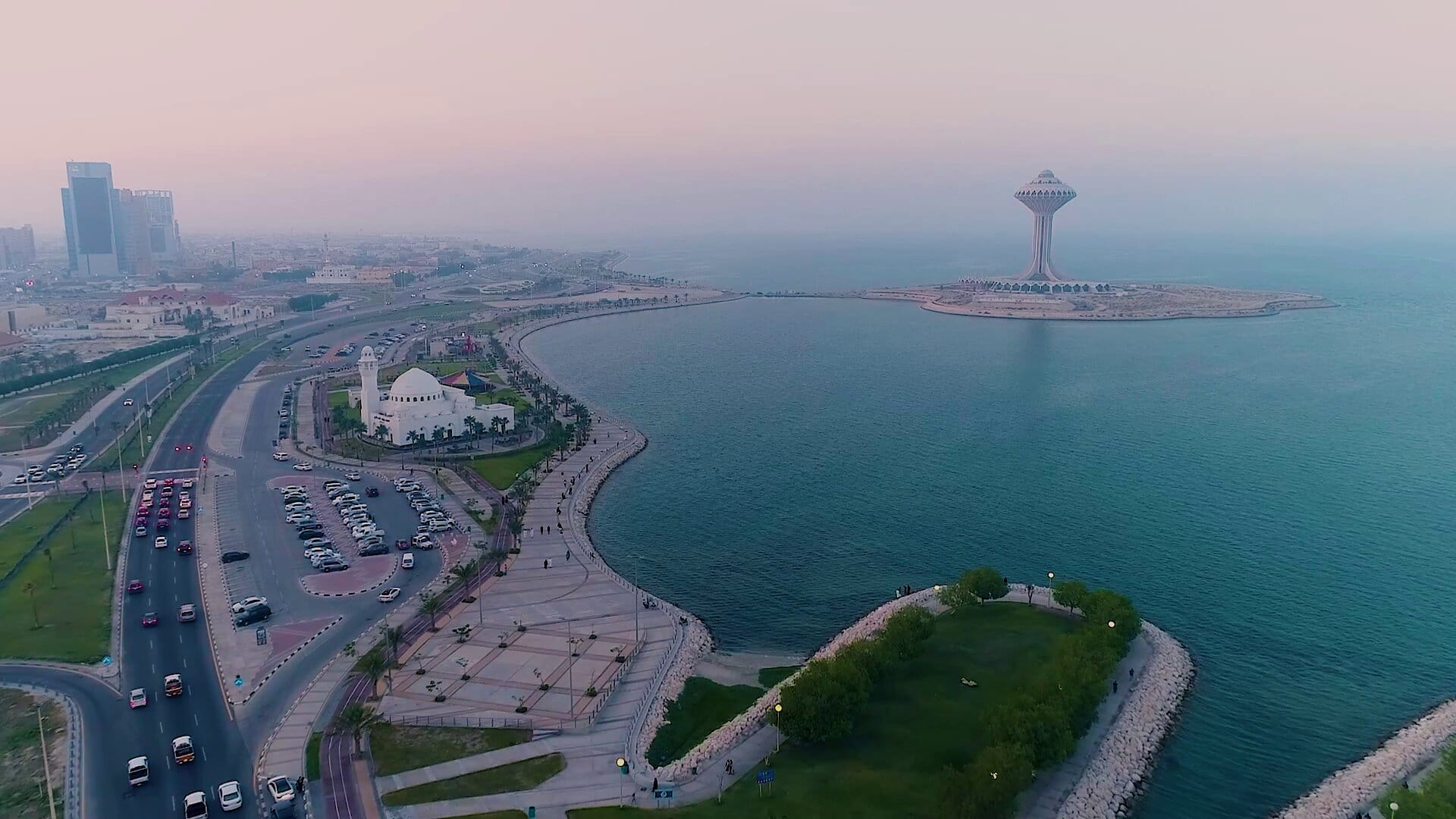A Journey Through Dialects, Customs, Food, and Identity Across the Kingdom
A Nation of Many Homes
Saudi Arabia is often seen as one country, but to understand it deeply is to see it as 13 cultural worlds, each with its own language tone, history, fashion, and flavor.
From mountain villages and Red Sea ports to desert cities and palm-lined oases, each region brings something distinct to the national identity. Together, they create the mosaic we call Saudi culture.
This guide takes you on a journey across the Kingdom — region by region — highlighting what makes each one irreplaceably unique.

1. Riyadh Region (Al-Riyadh)
- Capital: Riyadh
- Known For: Najdi heritage, modern skyscrapers, national leadership
- Dialect: Najdi, with sharp pronunciation and formal tone
- Cultural Traits: Tribal pride, poetry, coffee rituals
- Clothing: Classic white thobe, agal, and bisht for occasions
- Food: Jareesh, mataziz, and dates
- Identity: The political heart of the Kingdom, balancing deep-rooted traditions with global modernization.

2. Makkah Region (Makkah Al-Mukarramah)
- Capital: Makkah
- Known For: The Holy Mosque, spiritual center of Islam
- Dialect: Hejazi Arabic – melodic and influenced by global pilgrims
- Cultural Traits: Welcoming spirit, historical tolerance
- Clothing: Lighter fabrics for the heat; women wear colorful outer layers
- Food: Saleeg, sambosa, and mutabbaq.
- Identity: A crossroads of the Islamic world — where faith, culture, and diversity meet.

3. Madinah Region (Al-Madinah Al-Munawwarah)
- Capital: Madinah
- Known For: The Prophet’s Mosque and serene spirituality
- Dialect: Soft Hejazi with a calm rhythm
- Cultural Traits: Spiritual generosity, historical preservation
- Food: Madini rice dishes, dates, tahini
- Identity: A peaceful, sacred atmosphere that shapes the soul of the nation.

4. Eastern Province (Ash-Sharqiyah)
- Capital: Dammam
- Known For: Oil industry, coastline, multiculturalism
- Dialect: Gulf-influenced with some Persian loanwords
- Cultural Traits: Sea-based heritage, pearl diving, openness
- Clothing: Embroidered thobes, modern cuts
- Food: Seafood, harees, mahyawa
- Identity: Economic engine of the Kingdom with a coastal soul.
5. Asir Region
- Capital: Abha
- Known For: Mountains, floral crowns, colorful homes
- Dialect: Asiri Arabic — distinct and rhythmic
- Cultural Traits: Female-led arts, traditional music and dance (Al-Khatwa)
- Clothing: Men wear colorful futas and daggers; women wear embroidered dresses
- Food: Aseedah, hanith, honey
- Identity: A highland community deeply connected to nature, art, and ancient traditions.
6. Tabuk Region
- Capital: Tabuk
- Known For: Historical caravan routes, proximity to Jordan
- Dialect: Northern Arabic with Levantine influence
- Cultural Traits: Tribal generosity, desert wisdom
- Food: Mansaf, gursan
- Identity: The northern gateway — rooted in history, opening up to a futuristic vision with NEOM.
7. Hail Region
- Capital: Hail
- Known For: Legendary poets and camel culture
- Dialect: Classic Najdi with poetic depth
- Cultural Traits: Equestrian pride, falconry, oral storytelling
- Food: Al-makhtoot, qursan, camel meat dishes
- Identity: The region of poets and Bedouins — where verse meets desert strength.
8. Northern Borders Region (Al-Hudud Ash-Shamaliyah)
- Capital: Arar
- Known For: Border tribes, northern hospitality
- Dialect: Northern tribal dialect with strong Bedouin character
- Cultural Traits: Close-knit kinship, minimalism
- Food: Grilled lamb, rice dishes, winter stews
- Identity: A hardy, quiet culture built on resilience and tradition.
9. Jazan Region
- Capital: Jazan
- Known For: Red Sea culture, coffee farms, tropical climate
- Dialect: Jizani Arabic – rapid and rich in metaphors
- Cultural Traits: Music, dance, maritime life
- Clothing: Colorful wraps, light cottons
- Food: Mabshoor, grilled fish, tropical fruits
- Identity: Saudi Arabia’s cultural wild card — where Africa and Arabia blend in rhythm and flavor.
10. Najran Region
- Capital: Najran
- Known For: Historic ruins, unique architecture, palm groves
- Dialect: Soft southern dialect
- Cultural Traits: Peaceful coexistence, spiritual symbolism
- Clothing: Traditional head wraps, flowing gowns
- Food: Mugalgal, date-based dishes
- Identity: A region that guards its roots with dignity and pride.
11. Al-Bahah Region
- Capital: Al-Bahah
- Known For: Foggy forests, hanging villages
- Dialect: Southern Arabic with deep historical ties
- Cultural Traits: Strong oral traditions, woodcraft
- Clothing: Similar to Asir with mountain flair
- Food: Honey dishes, lamb cooked in clay
- Identity: The green soul of the southwest — mystical, quiet, and proud.
12. Al-Jouf Region
- Capital: Sakakah
- Known For: Olive farms, ancient ruins, peaceful landscapes
- Dialect: Northern dialect with Hasawi influence
- Cultural Traits: Agricultural pride, storytelling
- Food: Olive-based dishes, wheat bread
- Identity: A land of history and harmony — the Kingdom’s serene olive basket.
13. Al-Qassim Region
- Capital: Buraidah
- Known For: Date farming, conservative culture, trade legacy
- Dialect: Najdi, but softer and more rural
- Cultural Traits: Trade ethics, religious scholarship
- Food: Kleija, jareesh, date-heavy meals
- Identity: The agricultural heart of the Kingdom — deeply rooted and spiritually rich.
Conclusion: A Cultural Tapestry, Not a Cultural Template
Each region of Saudi Arabia carries a different beat, but all march under the same rhythm of shared identity. These aren’t just geographic zones. They’re living cultures, each with its own wisdom, pride, and flavor.
Understanding Saudi Arabia means understanding its regional diversity. It’s in the dialects, dances, dishes, and dreams of its people.
Together, they are Saudi.
Together, they are Saudi Cultures.
Would you like an Arabic version next? Or should I start creating regional spotlight articles — for example:
🔹 “Inside Asir: Art, Mountains, and Feminine Power”
🔹 “What Makes Hejaz Saudi Arabia’s Cultural Crossroads?”
Let me know what comes next!
